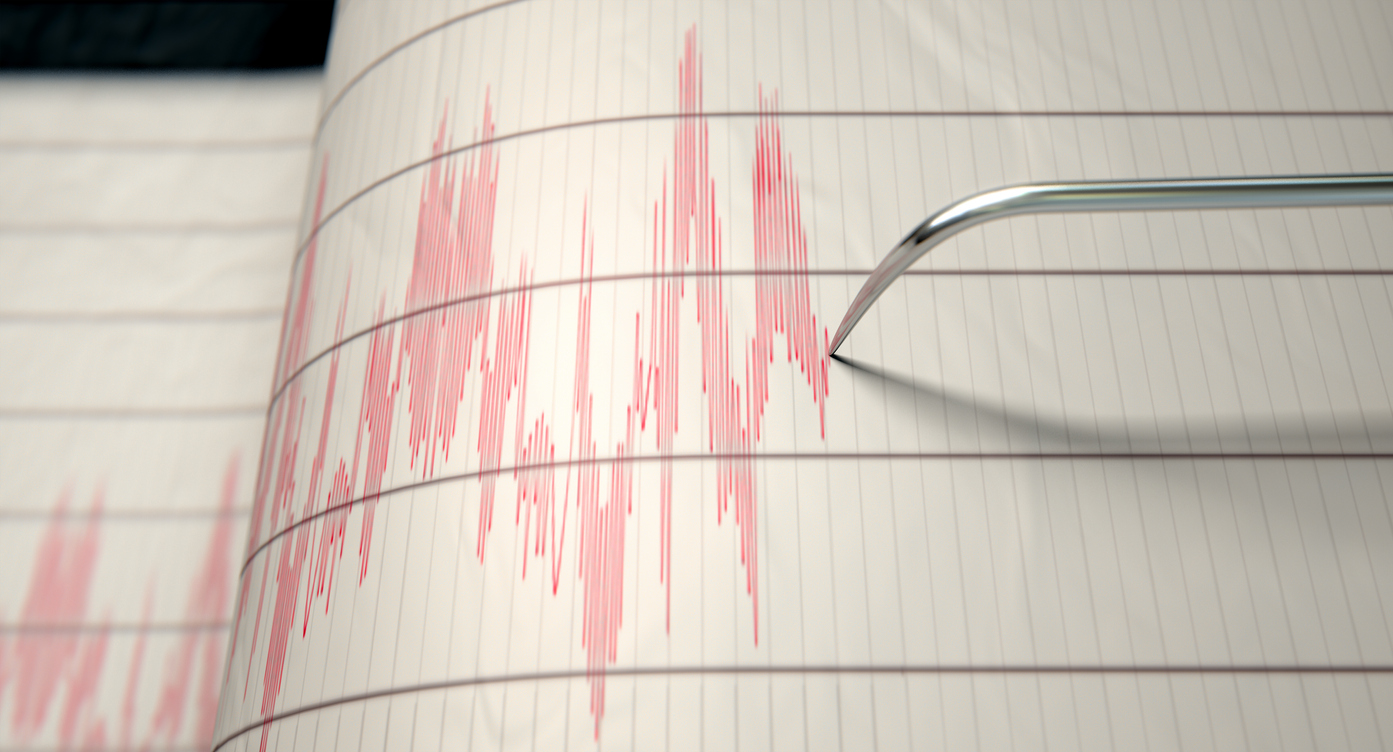Markets Maintain Focus on Eventual Recovery
Oil was in the spotlight this week, and the news here was not positive. Oil futures contracts for May delivery settled in negative territory for the first time in history as storage capacity quickly fills up. The self-induced economic coma has dramatically reduced energy demand while oil producers have been slow to cut production. As a result, oil inventories have risen causing the industry to run out of places to store it. The prices charged to store oil has reached a level that has required oil traders to pay for people to take the oil contracts off their hands! Longer-term contract prices were more stable, however, as speculators and industry participants expect higher prices several months from now.
In a way, this is almost a perfect metaphor for the broader investment markets. Today’s crisis is troubling and full of uncertainty, but intuitively, we know that the economy will make it through.
We have intimated about our expectations that the economic impact of COVID-19 will be steep but relatively brief. That thesis is largely conditional upon three developments:
- Evidence of virus containment – Consensus is forming that we are passing the peak in new cases and mortalities nationally. In addition, we continue to build testing capacity for symptomatic and asymptomatic cases. The goal of flattening the curve has always been to allow our hospital systems and healthcare infrastructure to catch-up.
- Appropriate policy response (both fiscal and monetary) – The size of the fiscal and monetary response has been breathtaking. Policy makers have moved faster than any other financial crisis in history. While some policies may be imperfect in their execution, we believe that the speed of their deployment more than makes up for any shortcomings. Certainly, many businesses will not survive this crisis; however, many more will. Forbearance programs should help consumers endure the worst of the crisis, and we believe that many of the job losses will be temporary.
- Economic re-opening – How we reopen our economy is becoming the source of controversy. States have started to announce plans to reopen – some more aggressive than others. We anticipate that this process will be choppy as policy makers balance containment with other policy goals. Businesses will be making similar assessments, with many opting to test returning employees. The experimentation associated with reopening is expected to be uncomfortable albeit necessary.
We have long held that markets would rebound before the economy does. We have seen plenty of negative datapoints over the past few weeks: 26 million jobless claims, sharp drops in consumer sentiment, and dismal earnings forecasts, to name a few. The market has taken these in stride and has maintained its focus on the eventual recovery. This forward-looking perspective has pushed the S&P 500 up more than 25%.
From here, we remain cautiously optimistic that our economy will rebound as reopening gains traction. We are very aware, however, that the markets now share our optimism and prices are near fair value. In a recent commentary, we likened the crisis to a hurricane and shared our uncertainty on whether we were in the eye of the storm or if it had, in fact, passed. Our latest thinking is that this might not be a storm so much as an earthquake. There’s a good possibility that we are through the worst of it, but we must remain prepared for aftershocks.
